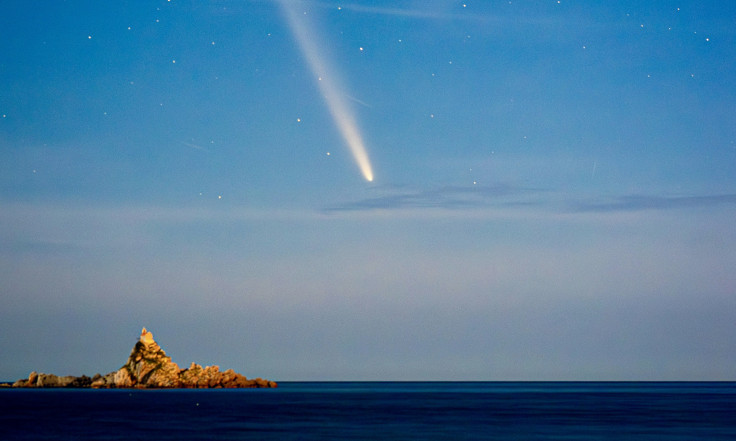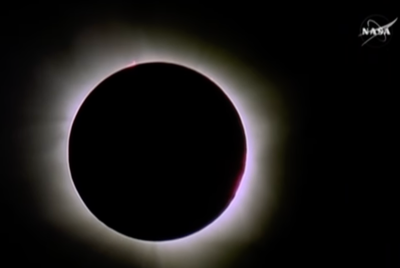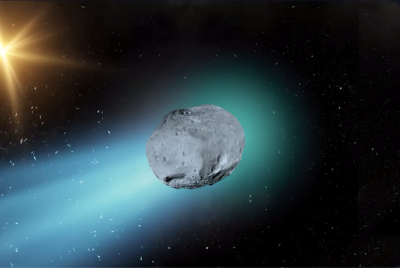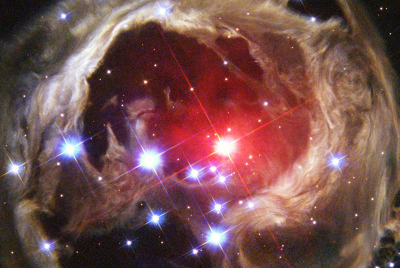Truth About 3I/ATLAS: Brian Cox Breaks Silence on Claims It Could Be an Alien Probe
Brian Cox: The truth behind the 3I/ATLAS 'alien probe' claims.

Is it a vessel from a distant civilisation or simply a cosmic snowball on a lonely journey? As the interstellar object known as 3I/ATLAS hurtles through our Solar System, speculation has ignited across the globe, with some suggesting it could be an alien probe.
Now, renowned physicist Professor Brian Cox has weighed in, offering a dose of scientific reality to the sensational claims.
What Makes This 10-Billion-Year-Old Visitor So Special?
First spotted on 1 July 2025 by the Asteroid Terrestrial-impact Last Alert System (ATLAS) team, the object was quickly identified as something extraordinary. Its incredible speed and a high eccentricity measurement between 6.1 and 6.2 confirmed its status as only the third interstellar object ever recorded.
Designated 3I/ATLAS, this visitor is not a silent, rocky asteroid. Scientists have confirmed it is a comet, actively outgassing as it warms on its approach to our Sun. More astonishingly, it is believed to be a true ancient relic, having travelled through the cold expanse of interstellar space for an estimated 10 billion years. This suggests it may have formed 7.5 billion years ago, long before the Earth or even our Sun existed.
A Glimpse into the Dawn of Time, Not an Alien Invasion
Speaking to the BBC, Professor Cox emphasised the profound significance of the comet's passage. He described 3I/ATLAS as a time capsule, offering invaluable clues about the conditions of the early universe. Its composition holds secrets from a time and place far removed from our own cosmic neighbourhood.
Cox highlighted the comet's unbelievable journey across the Milky Way, a voyage that reinforces the vast timescales that govern the cosmos. The object serves as a physical link to the universe's distant past, providing a rare opportunity for direct study.
How Humanity Is Capturing a Ghost from Another Star
Despite the comet passing behind the Sun from our vantage point, humanity's robotic explorers have been watching. In a remarkable feat of interplanetary coordination, the European Space Agency's (ESA) ExoMars Trace Gas Orbiter successfully captured images of 3I/ATLAS as it flew past Mars.
The observation campaign is set to continue as the comet ventures deeper into our system. The ESA's Jupiter Icy Moons Explorer (JUICE) mission is preparing to photograph the object as it nears the gas giant's orbit. Even NASA's Perseverance rover was tasked with imaging the comet from the Martian surface, though confirmation of its success is still pending.
BREAKING🚨: Scientists discover interstellar object, 3I/ATLAS producing never-before-seen material── metal alloy mixture of nickel and chromium known as nickel tetracarbonyl.
— All day Astronomy (@forallcurious) October 19, 2025
This combination is only used in high-temperature industrial alloys, meaning it's rarely seen outside… pic.twitter.com/jLYs3SKF5K
Debunking the Extraterrestrial Rumours
While the idea of an artificial object has captured public imagination, the scientific community remains unconvinced. Experts from NASA and the SETI Institute have stated there is no credible evidence to support the claim that 3I/ATLAS is anything other than a natural comet.
Professor Cox placed this entire event in historical context, reflecting on humanity's rapid scientific advancement. 'Merely 400 years ago, we were debating whether the Earth went around the Sun', he noted.
Today, we possess the technology to photograph an ancient comet from another star system using orbiters around other planets. This ability to track and observe such a fleeting visitor marks a monumental milestone in our exploration of the cosmos. The truth about 3I/ATLAS isn't about aliens; it's about us.
© Copyright IBTimes 2025. All rights reserved.





















